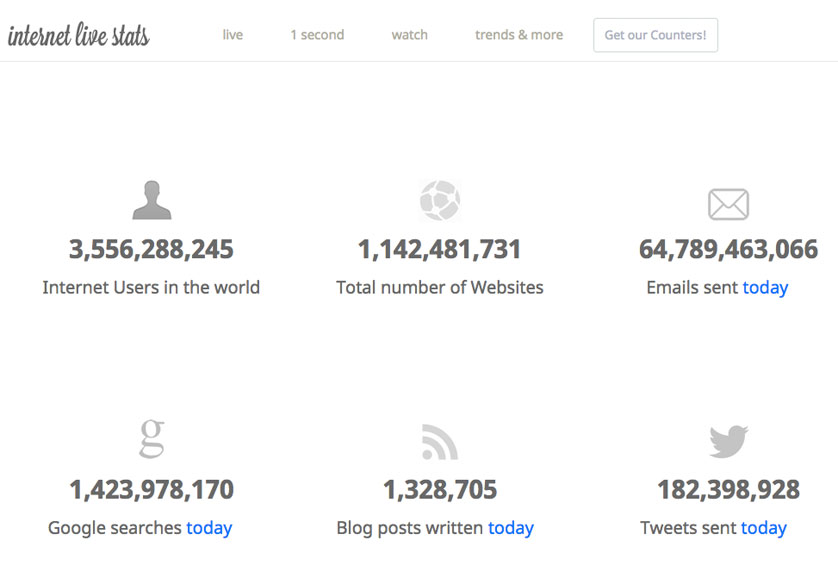(Main image from www.tesla.com)
I am starting to become overly obsessed with Tesla cars.
They’ve been on my radar for about a year now. It’s a foregone conclusion that I’m going to buy myself a white Model S P90D at some point.
The only question is when the purchase will happen (seeing as a Tesla showroom is opening in my home city of Milton Keynes in the summer, I’d say sooner rather than later).
I’ve developed this skill that is driving my wife crazy. We can be driving down a motorway at speed, having a highly animated conversation, and then out of nowhere I’ll point to the other carriageway and say “Tesla”.
Just in time for us both to see it.
I’m not actively looking for Teslas. I just seem to spot them, even on the periphery of my vision.
Actually, that’s not true. The reality is I am actively looking for them – but on a subconscious level.
As I drive down the motorway, my conscious mind is focusing on the cars in front and any active decisions I’m having to make.
My subconscious mind is busy feeding all available sensory information through a part of my brain called the Reticular Activating System (RAS).
That means my eyes are seeing all the cars on the other side of the road. It’s just I’m not perceiving them.
Until a Tesla comes along, and it is flagged for attention by the RAS.
You see, the RAS acts as a kind of sensory filter (amongst a number of other important jobs). It processes all sensory information so you don’t have to. And then it flags up anything you have programmed it to look for.
The RAS is a powerful automated relevance filter.
How do you programme it? Through your needs, wants and desires. I want a Tesla. So I have automatically programmed my RAS to tell me when it sees a Tesla.
This is why we have deep bias towards our strongly held opinions. If you think that something is crap, your RAS will deliver you only evidence that supports that point of view.
It’s also why it’s so critical to write down your goals and read them daily. It’s the way you ensure your RAS is correctly programmed.
From a marketing point of view, the RAS can be your worst enemy.
Because it’s the reason why most advertising doesn’t work
People see your adverts. But they don’t perceive them.
Here’s an example. I’m writing this article on a busy train to London. There are a number of advertising posters in the carriage. I must have seen them several times already, as I know I’ve been looking around the carriage and out of the windows.
I spotted the advert for villa rentals straight away. Villas are fairly high on my priority list right now, as I’ve recently added a new life goal to have my own villa somewhere hot within 3 years. In doing so, I programmed my RAS to alert me about anything related to villa ownership.
Here are the adverts I didn’t see – some of them literally right next to the villas advert:
- A new book by an author I’ve not heard of
- A recruitment advert from American Express
- An appeal for money from a homeless charity
- An advert for youth hosteling
You can see why my RAS didn’t flag any of these up to me.
I don’t know the author. I have no interest in applying for a job. I give money to water charities and sponsor an African child (so rightly or wrongly feel I’m doing my bit). And my idea of staying away is all about hotels not hostels!
What does this mean for your marketing then? It’s simple. You have to make sure you put the right message, in front of the right people, at the right time.
This completely explains the shift from most people putting their money into print advertising at the turn of the century, to online marketing just 15 years or so later.
Yellow Pages, posters, radio adverts – they’re all highly inefficient because they’re blasting a message out to everyone. And most people’s RAS aren’t triggered.
Whereas when they type in “IT support YourTown”, they are telling Google exactly what they are ready to buy.
It’s why you must do everything in your power to appear high up Google results for your chosen search terms, 365 days a year. And yes that includes placing Pay Per Click adverts.
You need to be in front of your next prospect at the exact moment they are looking for you.
But even then, the RAS filters down the dozens of options available to them. This is where the deep bias comes in, as the RAS attempts to look for the IT support firm that they perceive best suits their needs.
The key word there is “perceive”.
Have you ever watched an ordinary person filter a page of search results? They click on a website… spend a few seconds on it… click back, then click on another site… a few seconds, their eyes darting about… repeat, repeat, repeat.
These are uneducated buyers. They are not specialists in your field… they don’t know what they don’t know about it. They can’t judge a good MSP from a rotten one; at least on a cognitive level.
So they are scanning websites using their RAS to make an emotional judgement about which company to enquire to.
Their RAS feeds them emotional signals about whether or not they can “trust” the company, based purely on a few seconds of looking at the website.
Winning new clients isn’t hard. So long as you give the RAS everything it’s looking for. The right message at the right time. And then emotional engagement when they look a little closer.
Make it feel like this is what they’ve been looking for all long.
Get a proactive sales operation in place when they email in or pick up the phone to enquire, and you’re laughing. Why? Because the chances are you can be 10x better at sales and marketing than the competition, quite quickly.
The key is understanding how brains work and gearing your marketing towards it.






